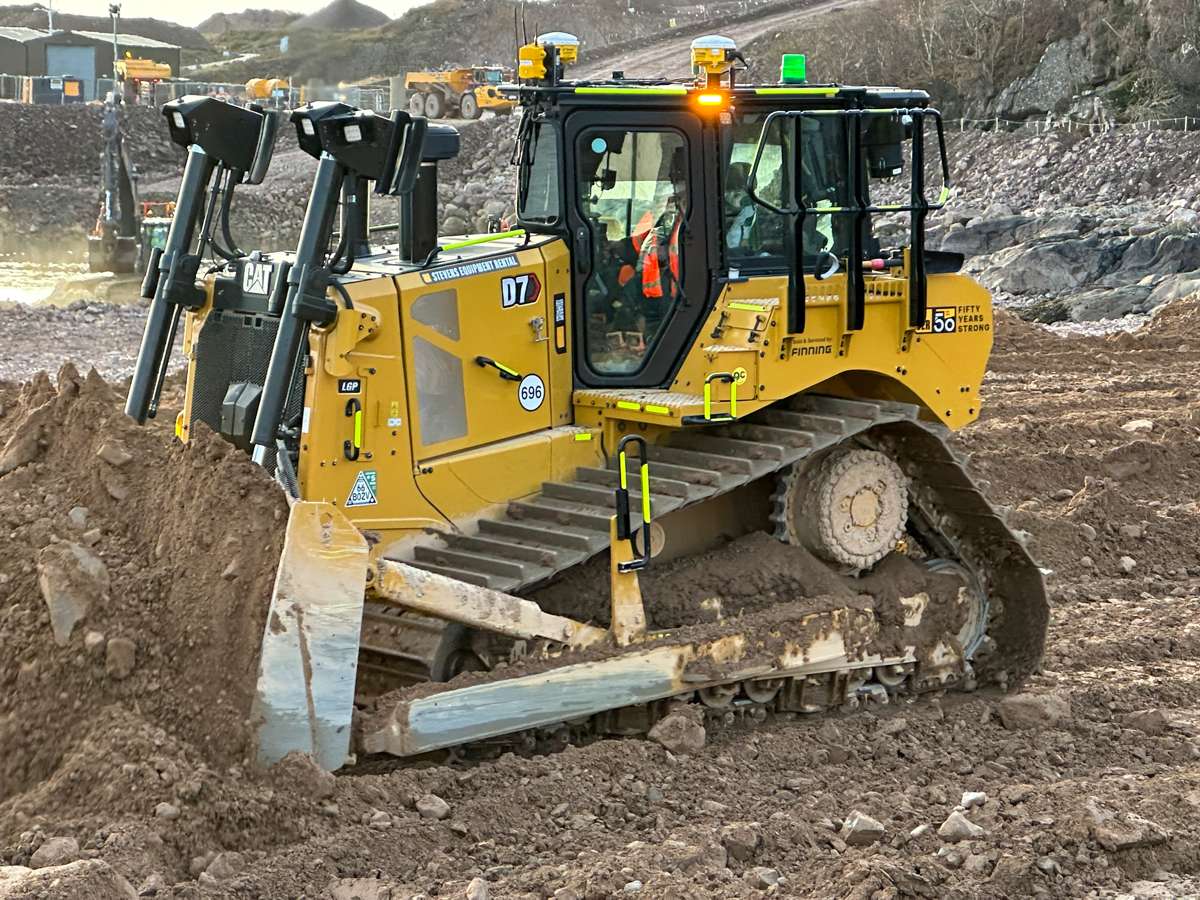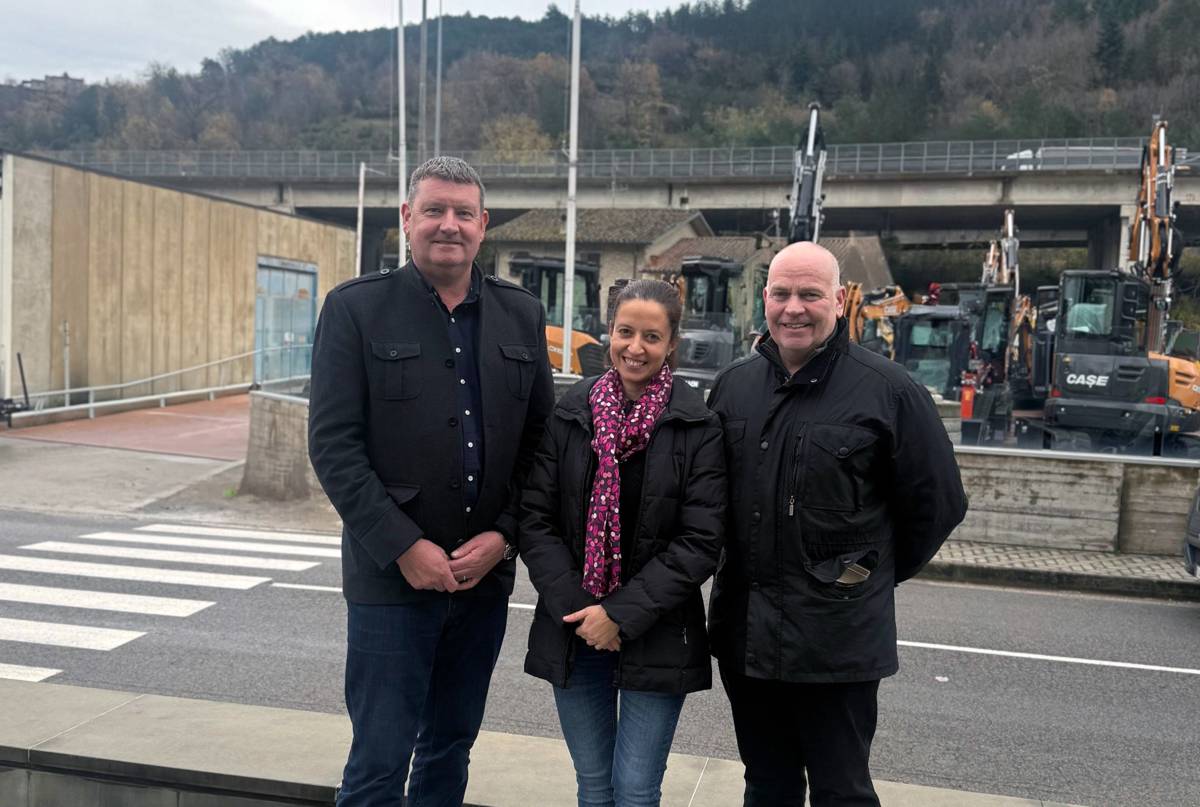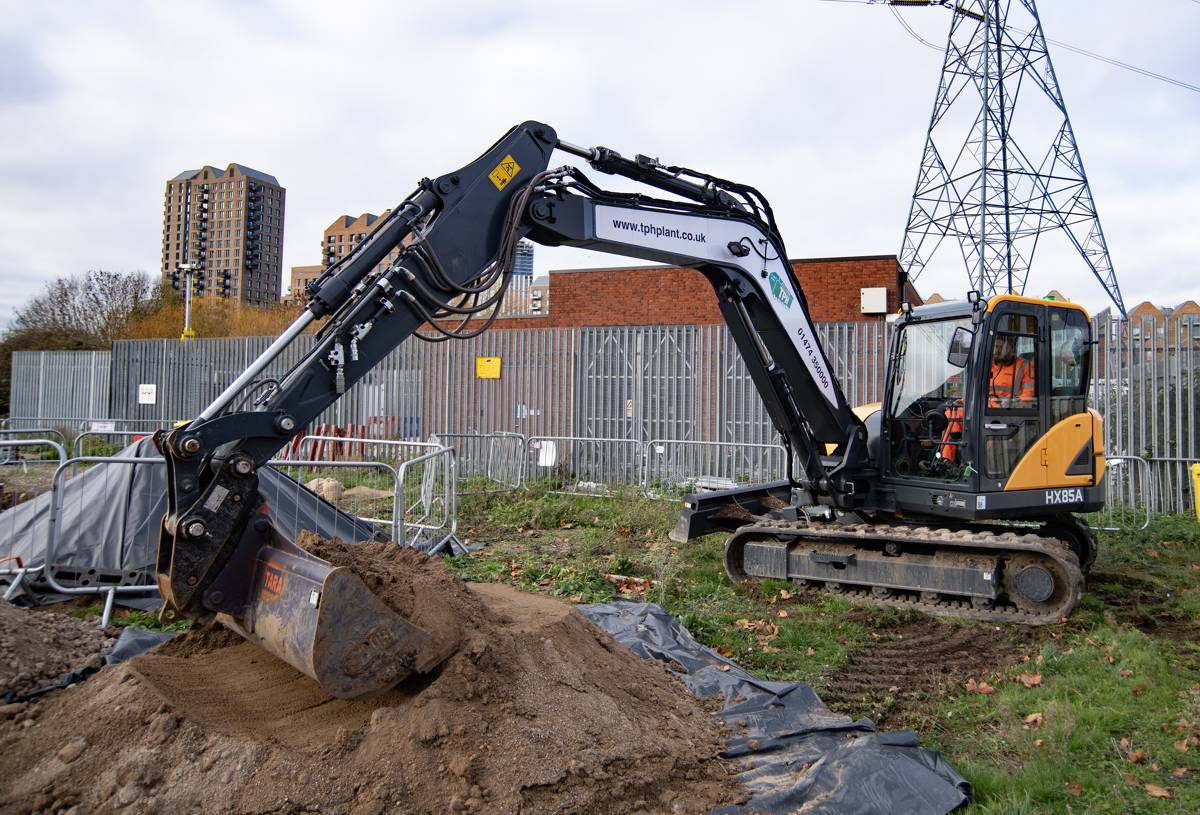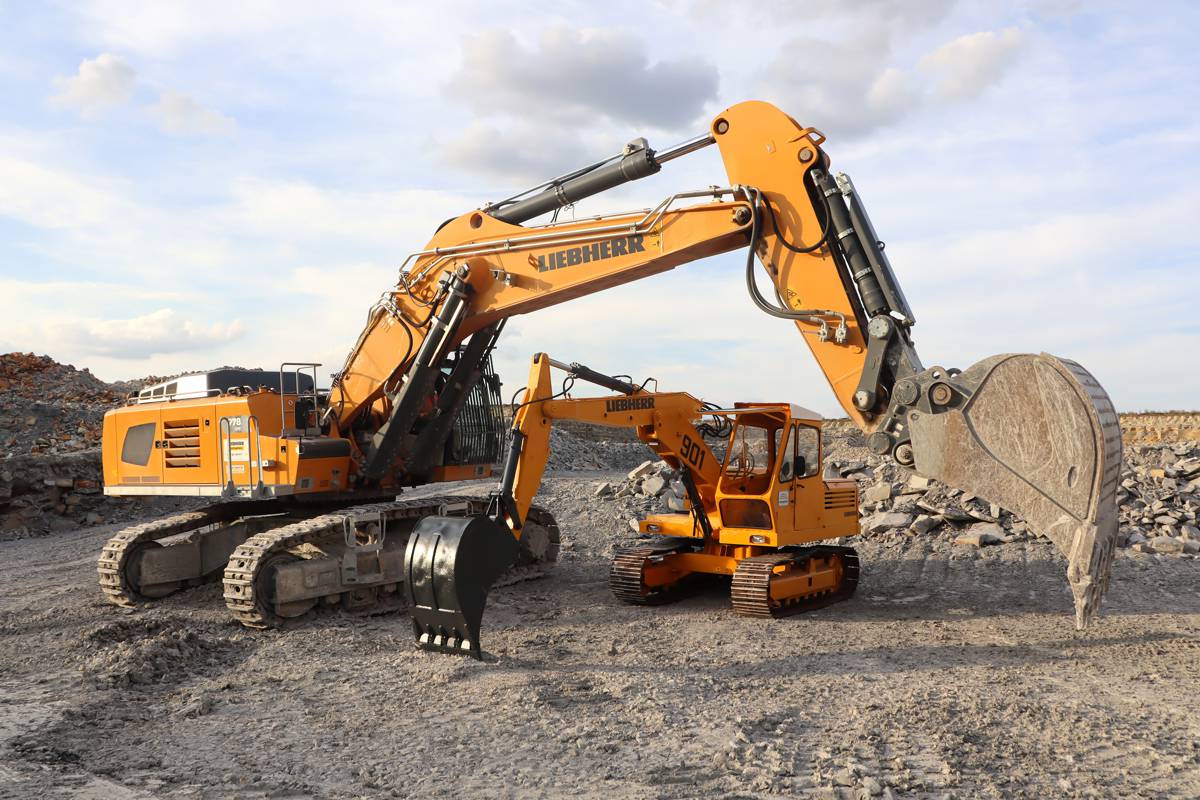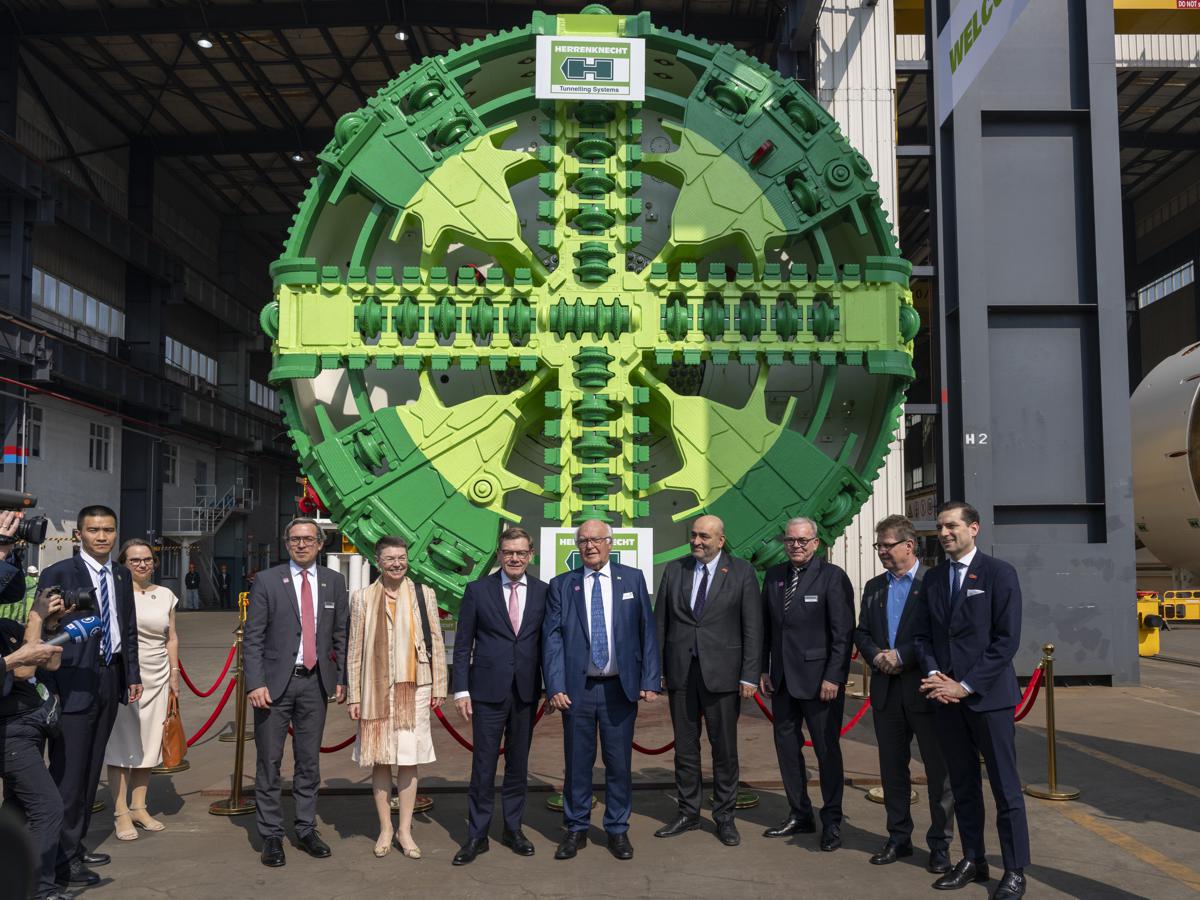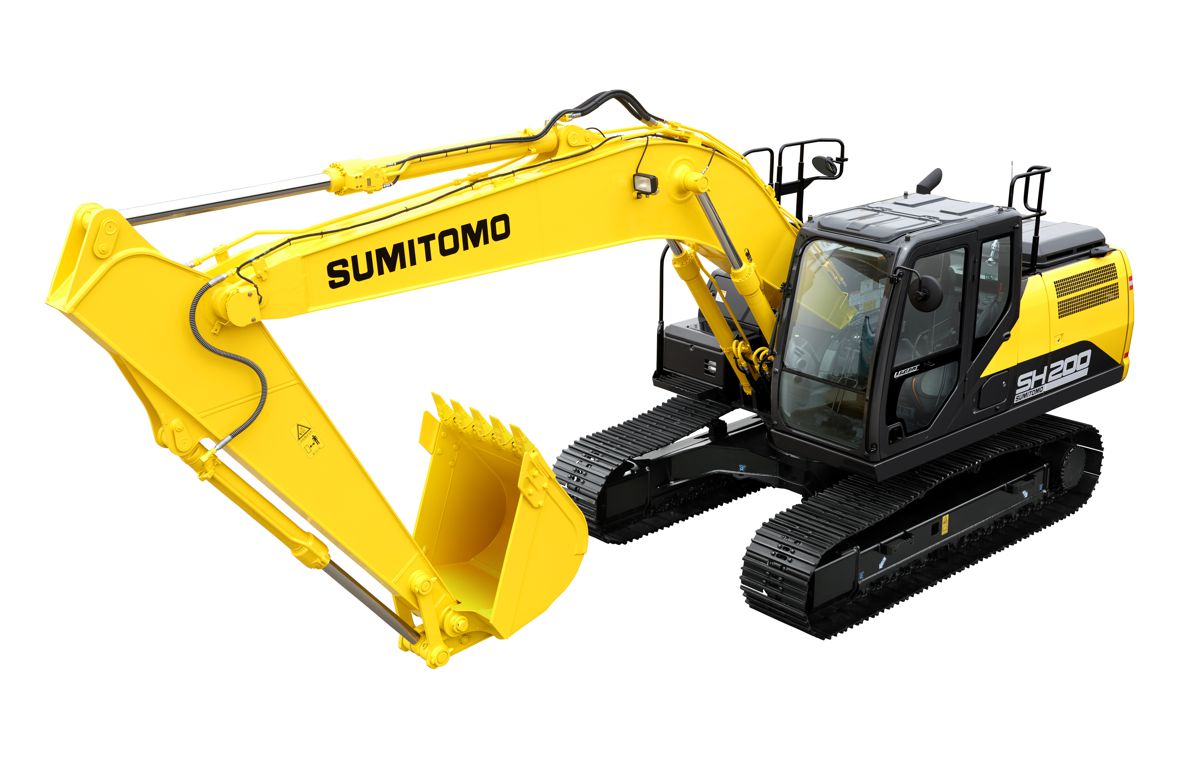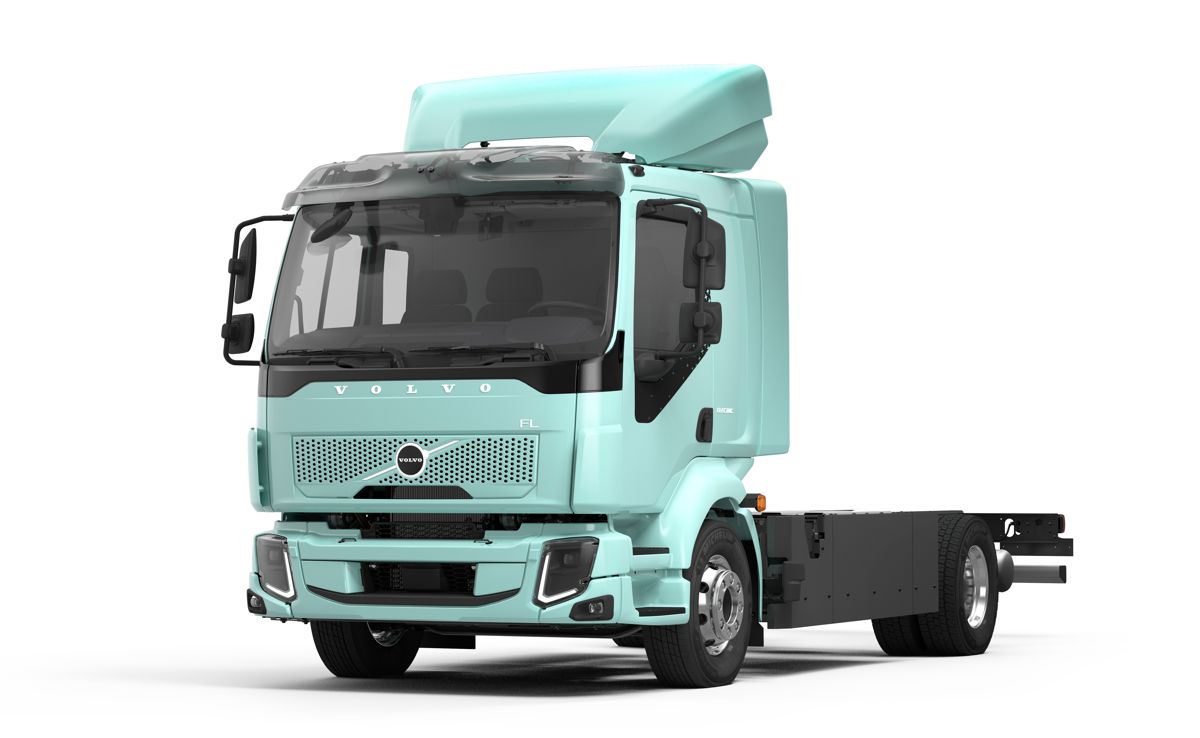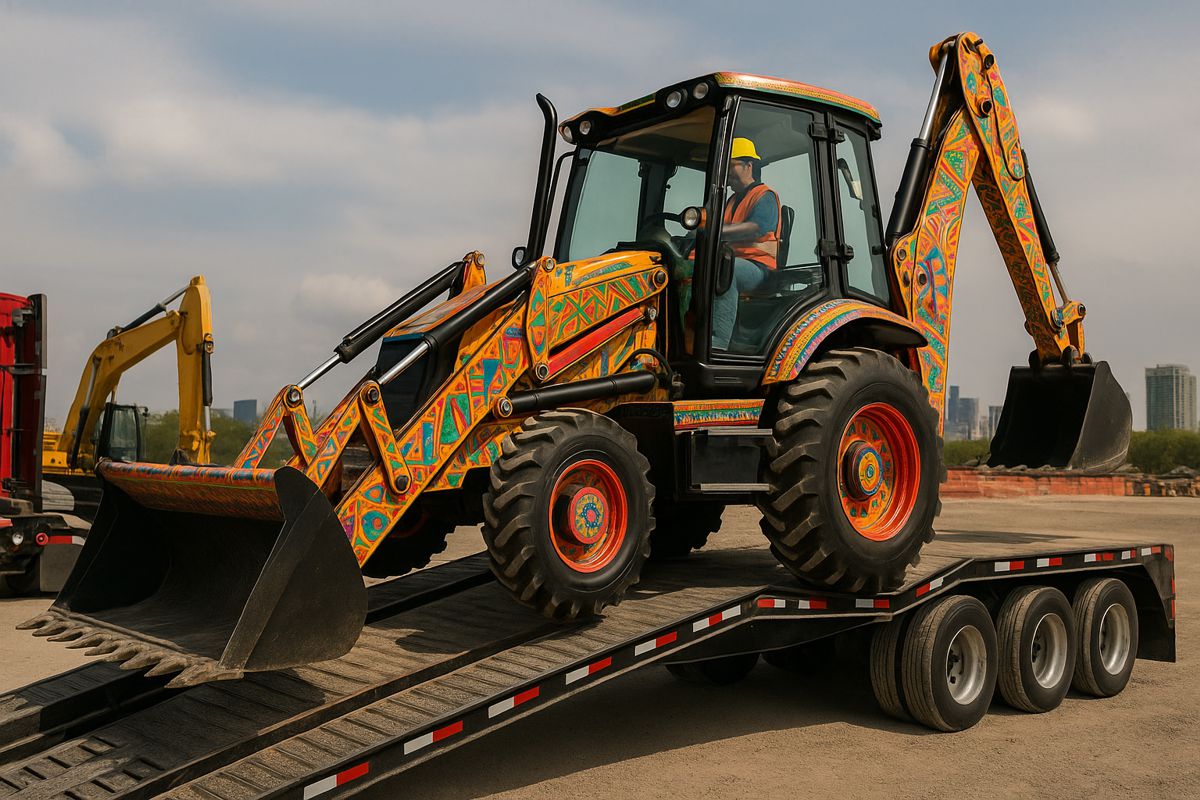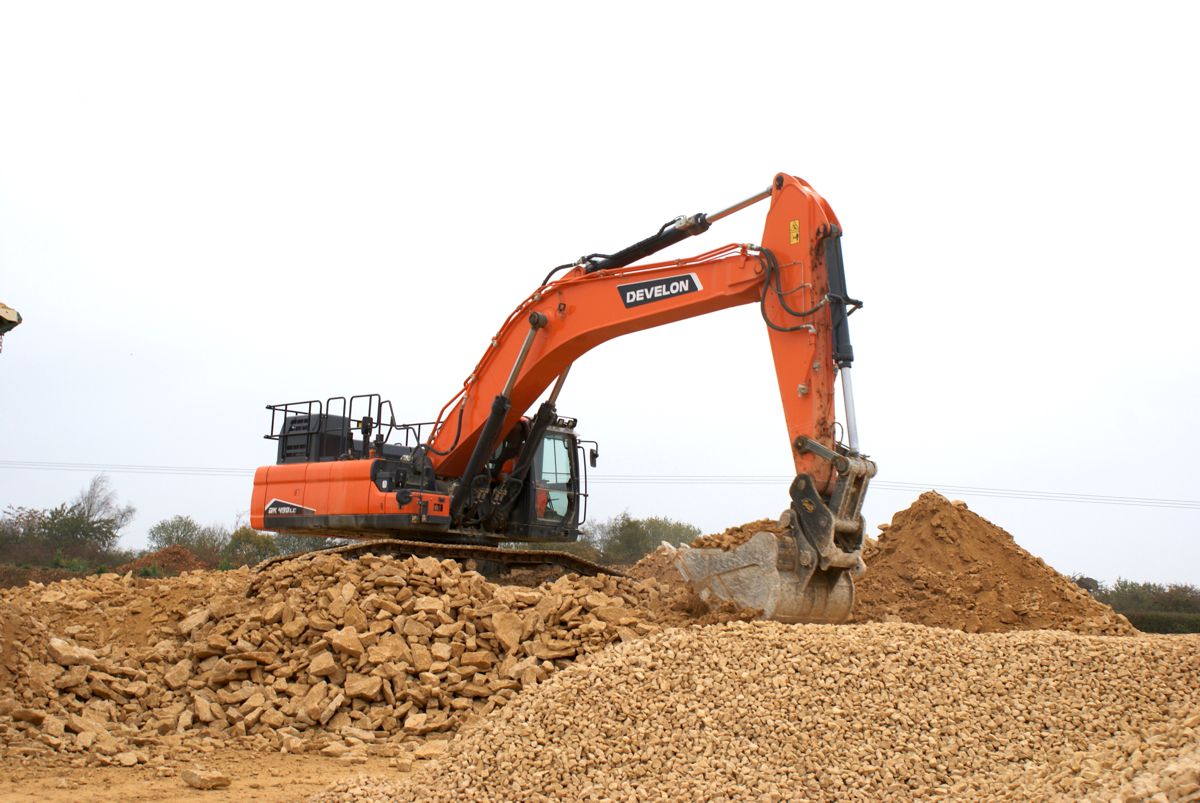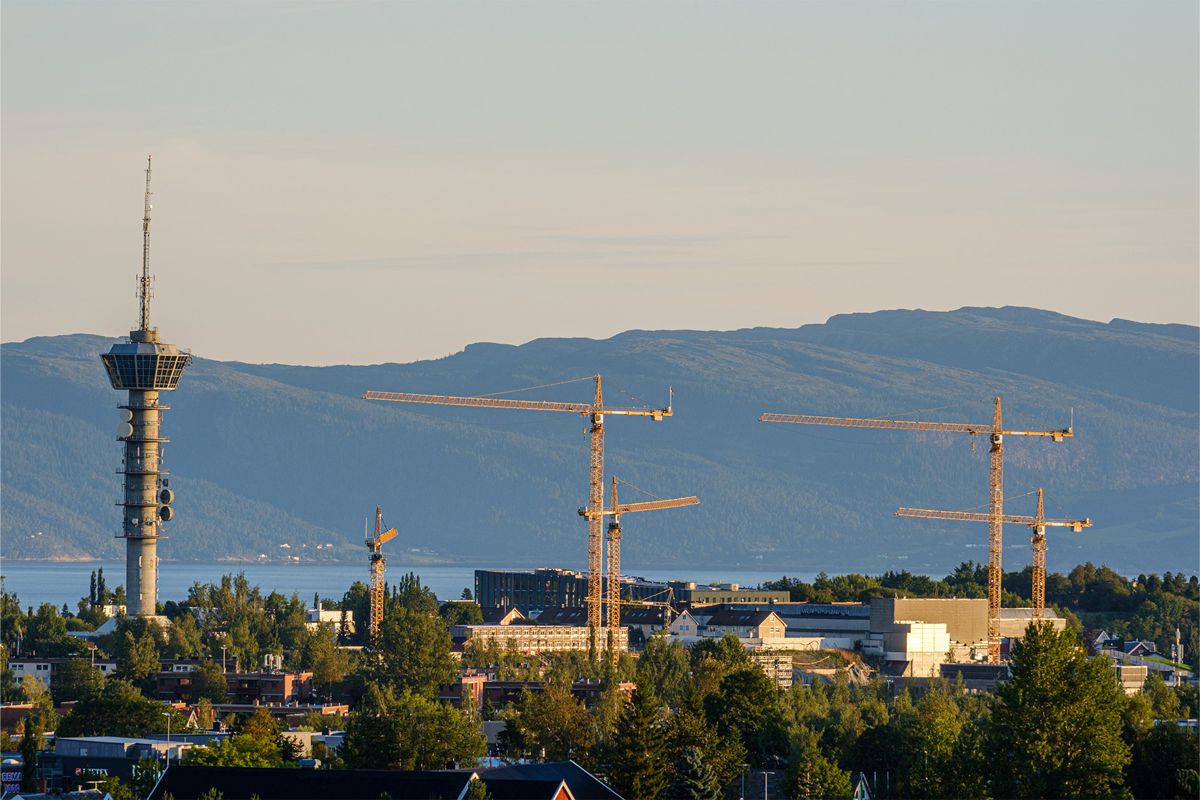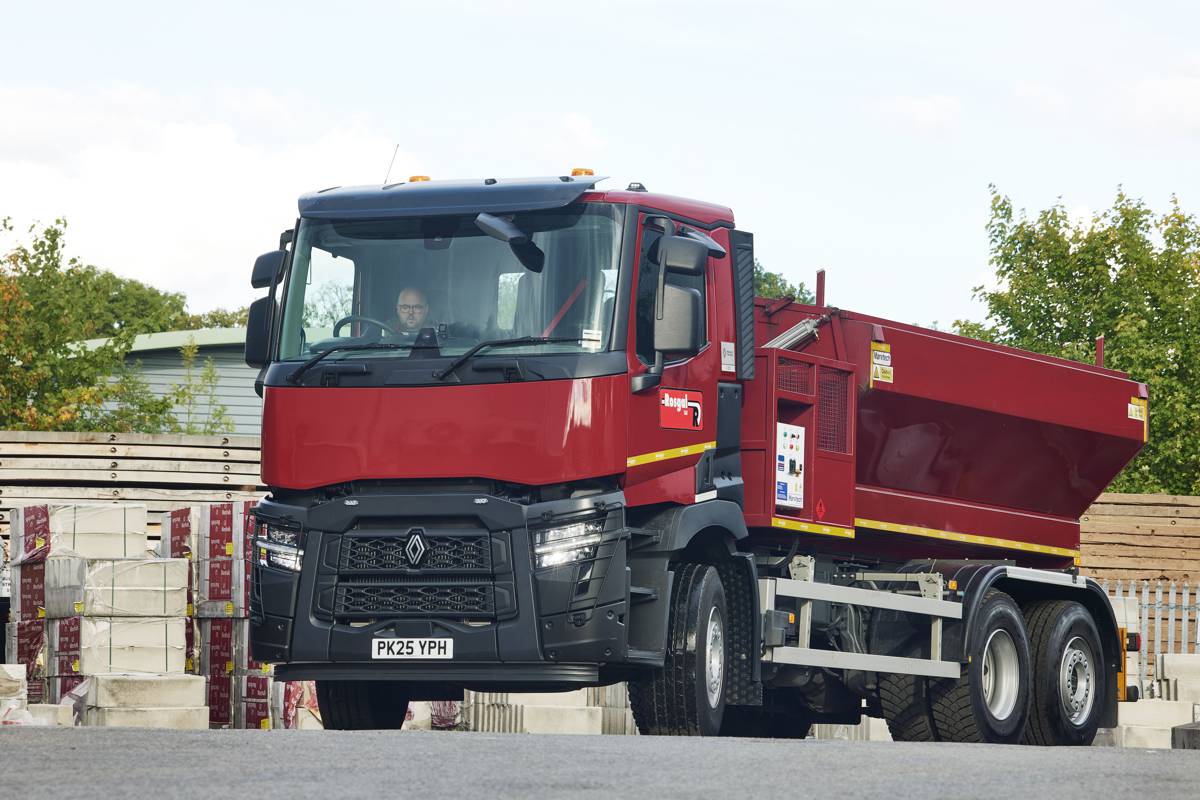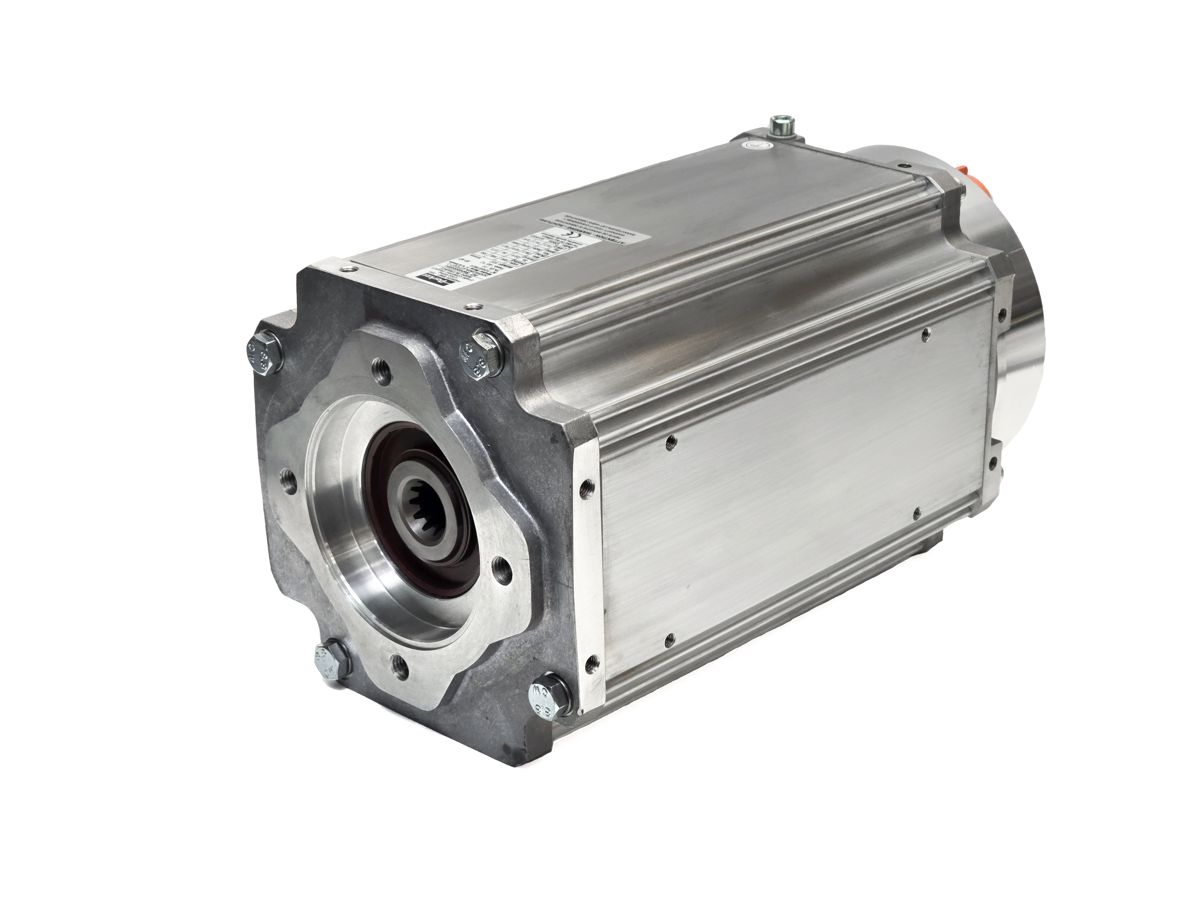Kubota RTV-X900 delivers deep underground
With a rich founding history of gold and diamond mining, South Africa remains a leader in deep underground mining as well as safety in this arena, making the transfer of equipment and goods underground a task with little margin for error. Enter the Kubota RTV-X900.
While the tasks involved in a successful mining operation are manifold, one of these is being able to move equipment, technicians and supplies from the shafts to the rock face; everything inside these tunnels must be brought from the surface. Due to the layout of a deep level mine, which could include many hundreds of kilometres of tunneling fanning out from the shafts and leading to the surface, this transfer is hugely complex and potentially very hazardous.
In years past, the task of transporting goods from the surface underground and vice versa was carried out using a ‘cage’, from which the mining paraphernalia would either be physically carried or transported by wheeled trolleys to its point of need. However, today mining is a far more mechanised industry and unbeknownst to many on the surface, mines below are a hive of activity with a number of vehicles constantly in motion.
Well-suited to the task of mining transport are side-by-side vehicles, of which the new Kubota RTV-X900 diesel is a top contender and a popular choice in the South African mining sector. With its many features and benefits making it ideal for working underground, it’s no wonder that several hundred Kubota RTV-X900s are already in operation around the country.
Even though Maubra, a South African Kubota dealer, customises the Kubota RTV-X900 for use underground, as it comes, it is a superb base vehicle with a powerful diesel engine of just under 900 cc with a unique fluid-drive transmission system that can drive either just the rear wheels or all four. This is controlled by a unique braking system that is linked to the fluid-drive transmission.

Braking system
Although the Kubota RTV-X900’s braking system is primarily controlled by the operator, the vehicle can only move if the transmission is engaged and the throttle is pressed; in any other mode, the wheels will not turn. In the event that the engine has been switched off, the vehicle will not be able to freewheel, which means there is no possibility of it running down an incline uncontrolled. In the event that the throttle is not pressed, even while the engine is idling, the transmission will supply insufficient fluid to turn the wheels, so in this scenario, the vehicle will also not be able to move uncontrolled.
Modifications for sub-soil
Due to strict requirements for underground operations, the Kubota RTV-X900 must be customized according to the specific task it will have to fulfill. Safety in this regard is paramount, so the base vehicle is fitted with a strengthened roll cage, special-purpose front and back steel bumpers, steel lattice driver and passenger door, and an array of LED auxiliary lights (including nautical style red and green side lights for easy identification of travel direction in the dark). The whole floor surface of the cab as well as the load bed is also coated with a rubberized non-slip material.
The speed limit underground is 15 km/h, so Maubra govern all Kubota RTV-X900 vehicles destined for underground to this limit. The vehicle has a diesel engine that is not powered by HT electricity. All other electrical components of the vehicle are insulated in order to prevent any combustible vapour underground from being ignited by any incidental sparks.
Thanks to the modifications undertaken by Maubra, the Kubota RTV-X900 is transformed into the ideal underground utility vehicle, which is then further customized to suit even more specific applications, like carrying explosives, or being equipped to reach accident victims quickly, for example.
While in some mines the height restriction of vehicles may vary, in most, the requirement is that all vehicles underground is 1.4 m due to the low roofs of certain tunnels. In the case that such height restriction is in place, the vehicle is modified by lowering the floor pan, seats and the roll cage height.

A good investment
When comparing a standard Kubota RTV-X900 diesel powered side-by-side vehicle in the line of pricing, it becomes evident that it either matches or exceeds the cost of a small bakkie in South Africa, a fact that begs asking why a mining operation would rather invest in the former.
The answer is simple
Due to its fit-for-purpose durability and strength, long-term maintenance of the Kubota RTV-X900 is considerably less than a regular bakkie. Without a clutch, brake pads or shoes, as well as a simple, yet rugged three-cylinder engine, there is little that can go wrong on this piece of equipment. Ease of operation is another draw card for the discerning investor who sees the value in being able to have inexperienced person learn how to drive the vehicle within minutes and be safe and comfortable for long periods of time.
While the modified Kubota RTV-X900 is most at home deep underground far from life at the surface, with every kilometer travelled, every hazardous journey safely completed, this compact yet potent side-by-side is at the very heart of an industry that helps drive an entire economy forward.









